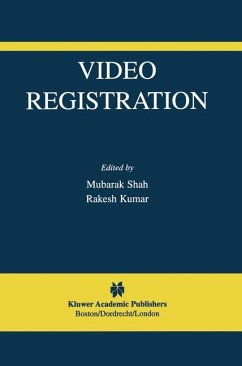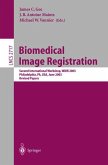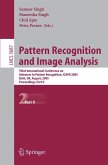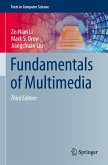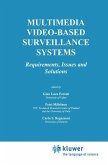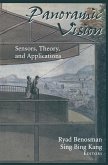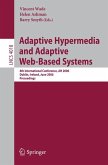Written by international experts in the field, Video Registration is a survey of the state of the art in this fundamental technology. It is an essential reference to both academicians and practicing engineers working in the fields of security, surveillance, multimedia, and robotics.
The increased availability of low-cost, low-power, highly accurate video imagery has resulted in a rapid growth of the applications for this data. Video imagery has many advantages over still frame imagery; for example, it provides context and timing relationships, which are suitable for dynamic situation monitoring and action verification. Manipulation of video requires automatic processing and analysis (computer vision and image processing), vast amounts of storage and efficient search methods (databases), high bandwidth communication (networking), and real-time implementations (VLSI/hardware). Users of video imagery include disaster relief agencies, environmental monitoring and planning applications, tactical military groups, civilian agencies such as homeland security agencies, city planners, transportation (traffic management), the entertainment industry, law enforcement groups, landscape ecologists, WWW users and trainers and educators.
Video Registration is suitable as a text at the senior undergraduate and graduate levels.
Traditionally, scientific fields have defined boundaries, and scientists work on research problems within those boundaries. However, from time to time those boundaries get shifted or blurred to evolve new fields. For instance, the original goal of computer vision was to understand a single image of a scene, by identifying objects, their structure, and spatial arrangements. This has been referred to as image understanding. Recently, computer vision has gradually been making the transition away from understanding single images to analyz ing image sequences, or video understanding. Video understanding deals with understanding of video sequences, e. g. , recognition of gestures, activities, fa cial expressions, etc. The main shift in the classic paradigm has been from the recognition of static objects in the scene to motion-based recognition of actions and events. Video understanding has overlapping research problems with other fields, therefore blurring the fixed boundaries. Computer graphics, image processing, and video databases have obvious overlap with computer vision. The main goal of computer graphics is to gener ate and animate realistic looking images, and videos. Researchers in computer graphics are increasingly employing techniques from computer vision to gener ate the synthetic imagery. A good example of this is image-based rendering and modeling techniques, in which geometry, appearance, and lighting is de rived from real images using computer vision techniques. Here the shift is from synthesis to analysis followed by synthesis.
Hinweis: Dieser Artikel kann nur an eine deutsche Lieferadresse ausgeliefert werden.
The increased availability of low-cost, low-power, highly accurate video imagery has resulted in a rapid growth of the applications for this data. Video imagery has many advantages over still frame imagery; for example, it provides context and timing relationships, which are suitable for dynamic situation monitoring and action verification. Manipulation of video requires automatic processing and analysis (computer vision and image processing), vast amounts of storage and efficient search methods (databases), high bandwidth communication (networking), and real-time implementations (VLSI/hardware). Users of video imagery include disaster relief agencies, environmental monitoring and planning applications, tactical military groups, civilian agencies such as homeland security agencies, city planners, transportation (traffic management), the entertainment industry, law enforcement groups, landscape ecologists, WWW users and trainers and educators.
Video Registration is suitable as a text at the senior undergraduate and graduate levels.
Traditionally, scientific fields have defined boundaries, and scientists work on research problems within those boundaries. However, from time to time those boundaries get shifted or blurred to evolve new fields. For instance, the original goal of computer vision was to understand a single image of a scene, by identifying objects, their structure, and spatial arrangements. This has been referred to as image understanding. Recently, computer vision has gradually been making the transition away from understanding single images to analyz ing image sequences, or video understanding. Video understanding deals with understanding of video sequences, e. g. , recognition of gestures, activities, fa cial expressions, etc. The main shift in the classic paradigm has been from the recognition of static objects in the scene to motion-based recognition of actions and events. Video understanding has overlapping research problems with other fields, therefore blurring the fixed boundaries. Computer graphics, image processing, and video databases have obvious overlap with computer vision. The main goal of computer graphics is to gener ate and animate realistic looking images, and videos. Researchers in computer graphics are increasingly employing techniques from computer vision to gener ate the synthetic imagery. A good example of this is image-based rendering and modeling techniques, in which geometry, appearance, and lighting is de rived from real images using computer vision techniques. Here the shift is from synthesis to analysis followed by synthesis.
Hinweis: Dieser Artikel kann nur an eine deutsche Lieferadresse ausgeliefert werden.

